- 路 Microwave
- 路 Atmospheric Pressure Microwave 路 Pressure Microwave 路 Parallel Microwave
- 路 Ultrasonic 路Low Temperature Ultrasound
- 路 Ultraviolet Light
- 路 Microwave Heating 路 Atmospheric Pressure Synthesis 路 Atmospheric Pressure Catalysis 路 Atmospheric Pressure Extraction
- 路 Sample Preparation 路 Microwave Digestion
- 路 Soil Digestion 路 High Pressure Synthesis
- 路 Solid Phase Synthesis
- 路 Organic Synthesis
- 路 Ionic Liquid Synthesis
- 路 Degradation Of Natural Organic Matter
- 路 Natural Product Extraction / Purification
河北祥鹄科学仪器有限公司
101 Microwave hydrothermal-assisted preparation of novel spinel-NiFe2O4/ natural mineral composites as microwave catalysts for degradation of aquatic organic pollutants
This paper, written by researchers from Liaoning University and others, discusses Microwave hydrothermal-assisted preparation of novel spinel-NiFe2O4/ natural mineral composites as microwave catalysts for degradation of aquatic organic pollutants. The paper is published in an important journal < Journal of hazardous materials >. IF:6.434.
In recent years, the research work of microwave chemical instrument used in the synthesis of materials has become a hot direction of scientific research, which has been paid great attention to by many scholars!
In this study, novel spinel-NiFe2O4/natural mineral (sepiolite, diatomite and kaolinite) composites were developed using microwave (MW) hydrothermal method, and applied in MW-induced catalytic degradation (NiFe2O4/natural mineral/MW) of organic pollutants such as sodium dodecyl benzene sulfonate (SDBS), azo fuchsine (AF), methyl parathion (MP), and crystal violet (CVL) in solution. Catalytic activities of three NiFe2O4/ natural mineral composites were compared. The effects of material synthesis process parameters such as molar ratios of NiFe2O4 and natural mineral, and pH of precursor solutions for synthesizing catalysts, and degradation parameters such as MW irradiation time and catalyst reuse cycles were also investigated. The principle on NiFe2O4/natural mineral/MW degradation was provided. The results reveal that organic pollutants in wastewater can be removed completely using NiFe2O4/natural mineral/MW within minutes. NiFe2O4/sepiolite shows higher catalytic activity than the others. The calculated degradation rate constants are 1.865, 0.672, 0.472, and 0.329 min−1 for SDBS, AF, MP, and CVL, respectively, using NiFe2O4/sepiolite/MW system. The performance of NiFe2O4/natural mineral can be maintained for three reuse cycles. Active species %OH, %O2 −, and h+ play main roles in NiFe2O4/sepiolite/MW degradation. Hence, NiFe2O4/sepiolite/MW technology with rapid and cost-effective degradation, magnetic separation, and no secondary pollution, demonstrates to be promising in treating organic contaminants in wastewater.

Fig.1/4↑

Fig.2/4↑

Fig.3/4↑

Fig.4/4↑
NiFe2O4/natural mineral (sepiolite, diatomite and kaolinite) composites were developed using MW hydrothermal method, and applied in MW-induced catalytic degradation of organic contaminants. Catalytic activities of three NiFe2O4/natural minerals were compared. The mechanism on the NiFe2O4/natural mineral/MW degradation was also provided. It has been proved that three NiFe2O4/natural mineral nanoparticles with high catalytic activity are obtained under the applied conditions of 1.5 Mpa, 30.0 min MW, and pH=12.0 of precursors. NiFe2O4/sepiolite shows higher catalytic activity than NiFe2O4/diatomite and NiFe2O4/kaolinite under MW exposure. In addition, complete degradation of organic pollutants (10.0 mg/L) in aqueous solution is obtained within several minutes, and the calculated rate constants (k) of SDBS, AF, MP, and CVL are 1.865, 0.672, 0.472 and 0.329 min−1, respectively, using NiFe2O4/sepiolite/MW system (3.2 g/L/750 W). However, NiFe2O4/sepiolite can be reused for three times with high catalytic activity. Moreover, %OH, h+ and %O2 − are the main active species in NiFe2O4/sepiolite/MW degradation. Hence, novel spinel- NiFe2O4/sepiolite/MW system with rapid and cost-effective degradation, and magnetic separation, demonstrates promising for completely removing organic pollutants in wastewater.
The evaluation on the catalytic activities of NiFe2O4/natural mineral nanoparticles was conducted under MW irradiation using AF as the target pollutant. In a typical experiment, a 25.0 mL AF solution (10.0 mg/L) with natural pH 6.0 mixed with 80.0 mg NiFe2O4/natural mineral powder (3.2 g/L) was irradiated under 750W MW in a controllable MW oven (XH-100A, Xianghu Science and Technology Development Company, China). The AF solution was also irradiated by MW alone or treated by NiFe2O4/natural mineral alone as control. Their UV–vis spectra analysis was performed using a UV–vis spectrophotometer (Cary 50, Varian Company, USA) at 200–800 nm scan region. The maximum absorbance at 524 nm was used to calculate the degradation% of AF.








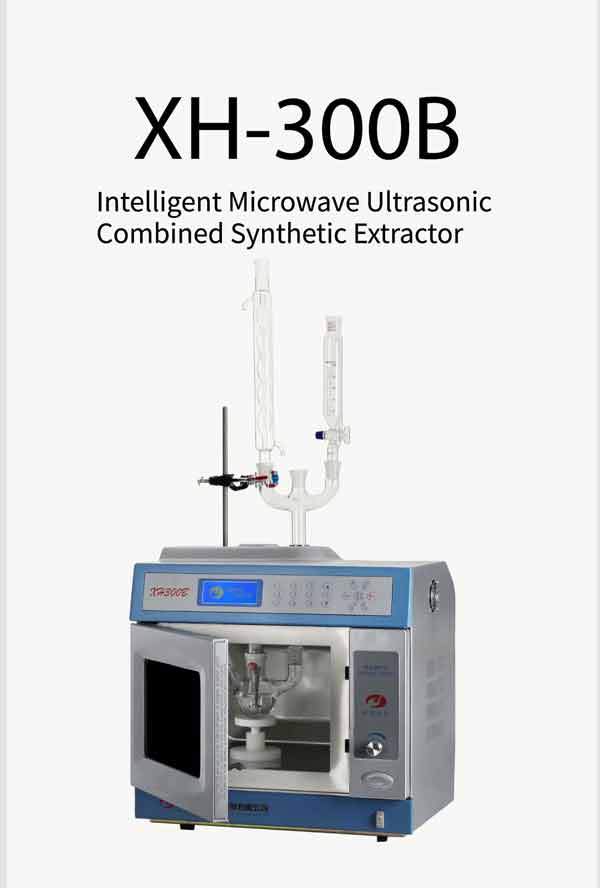

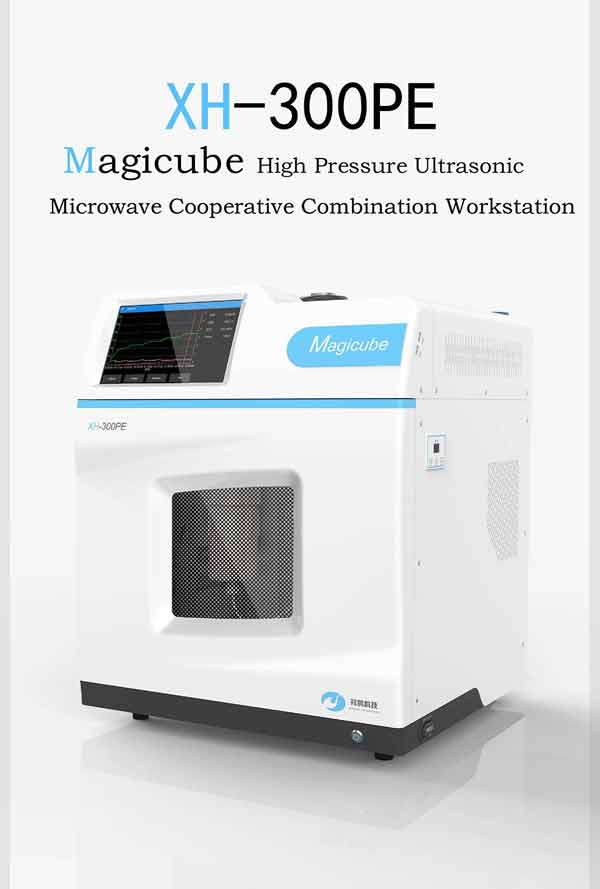
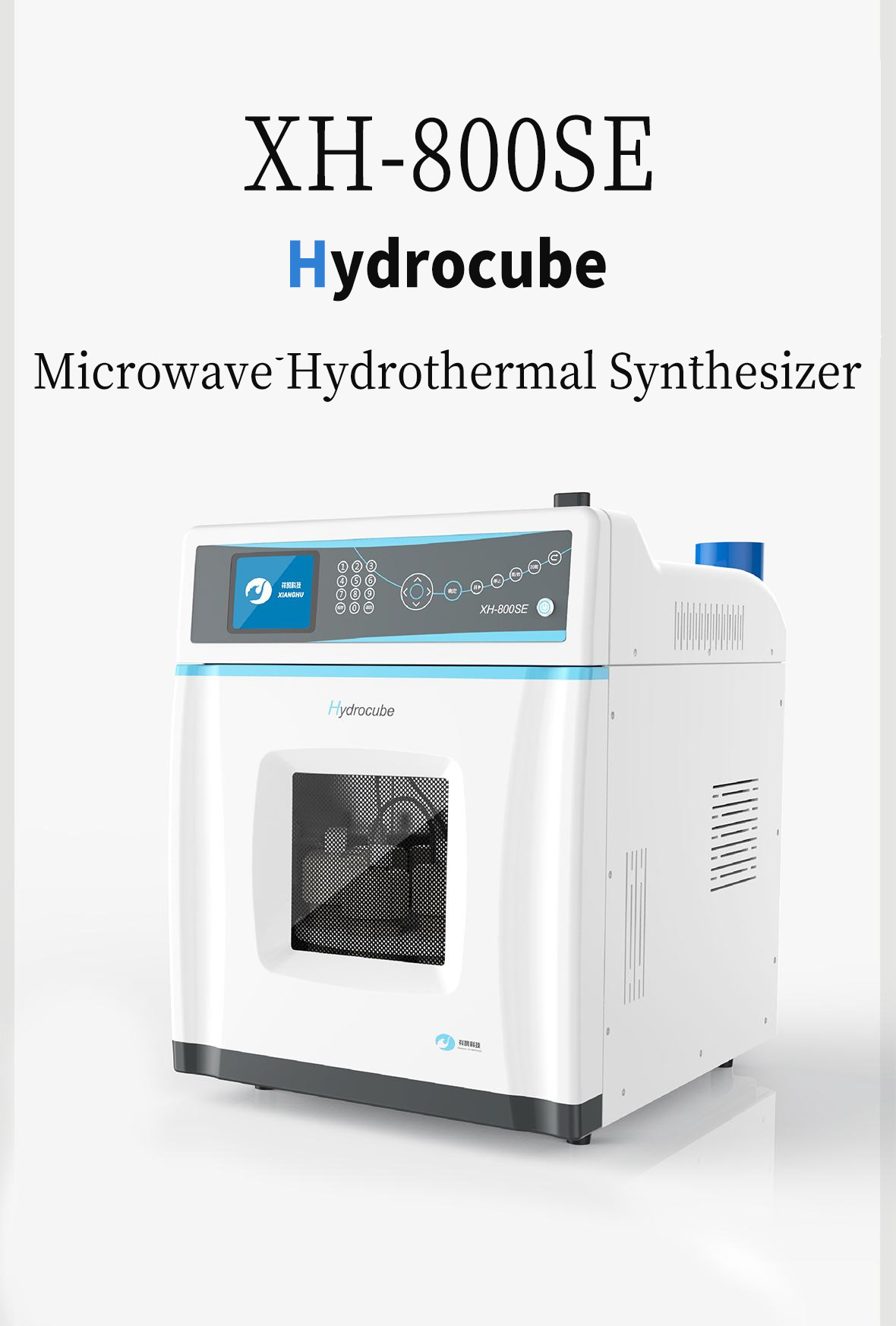
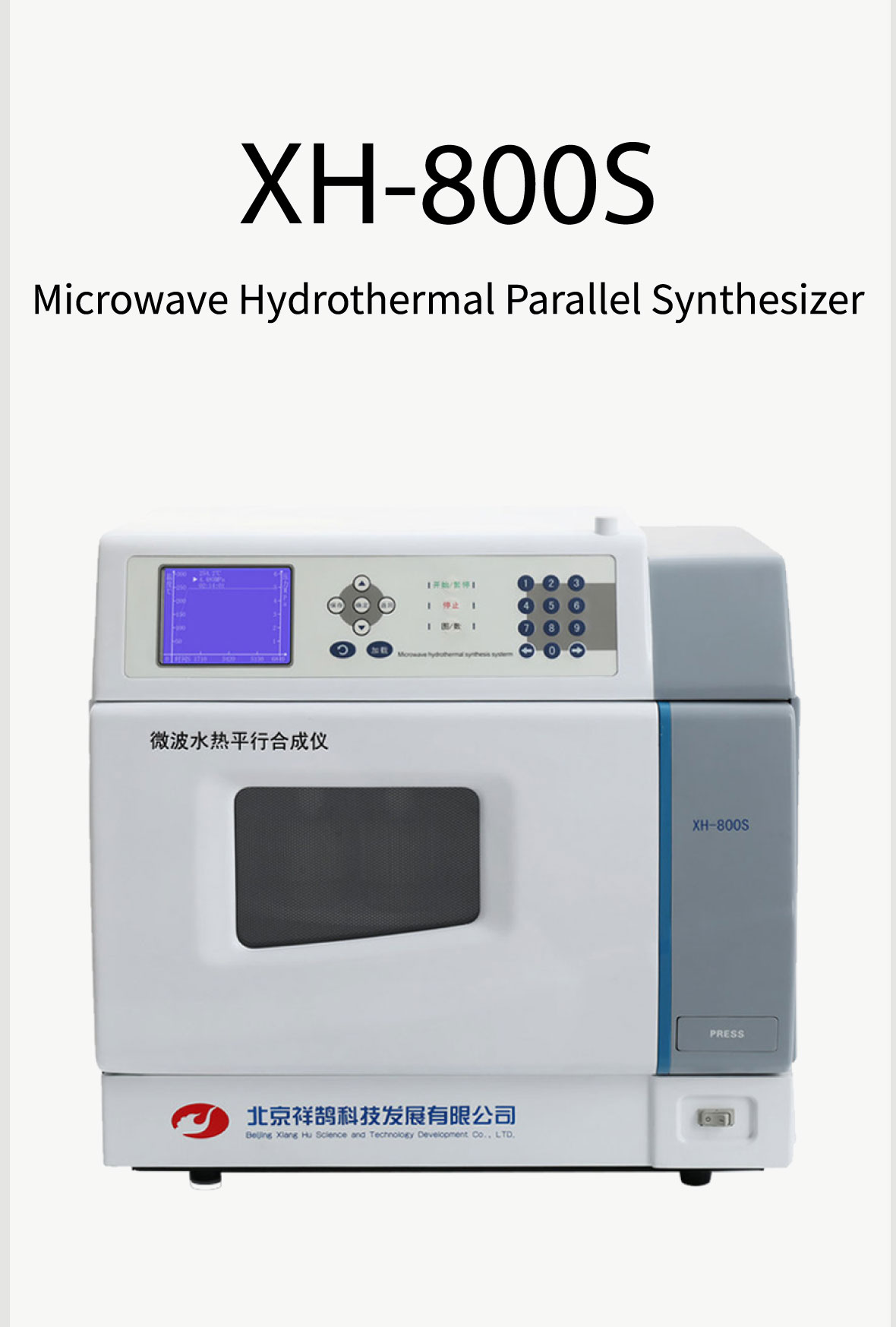
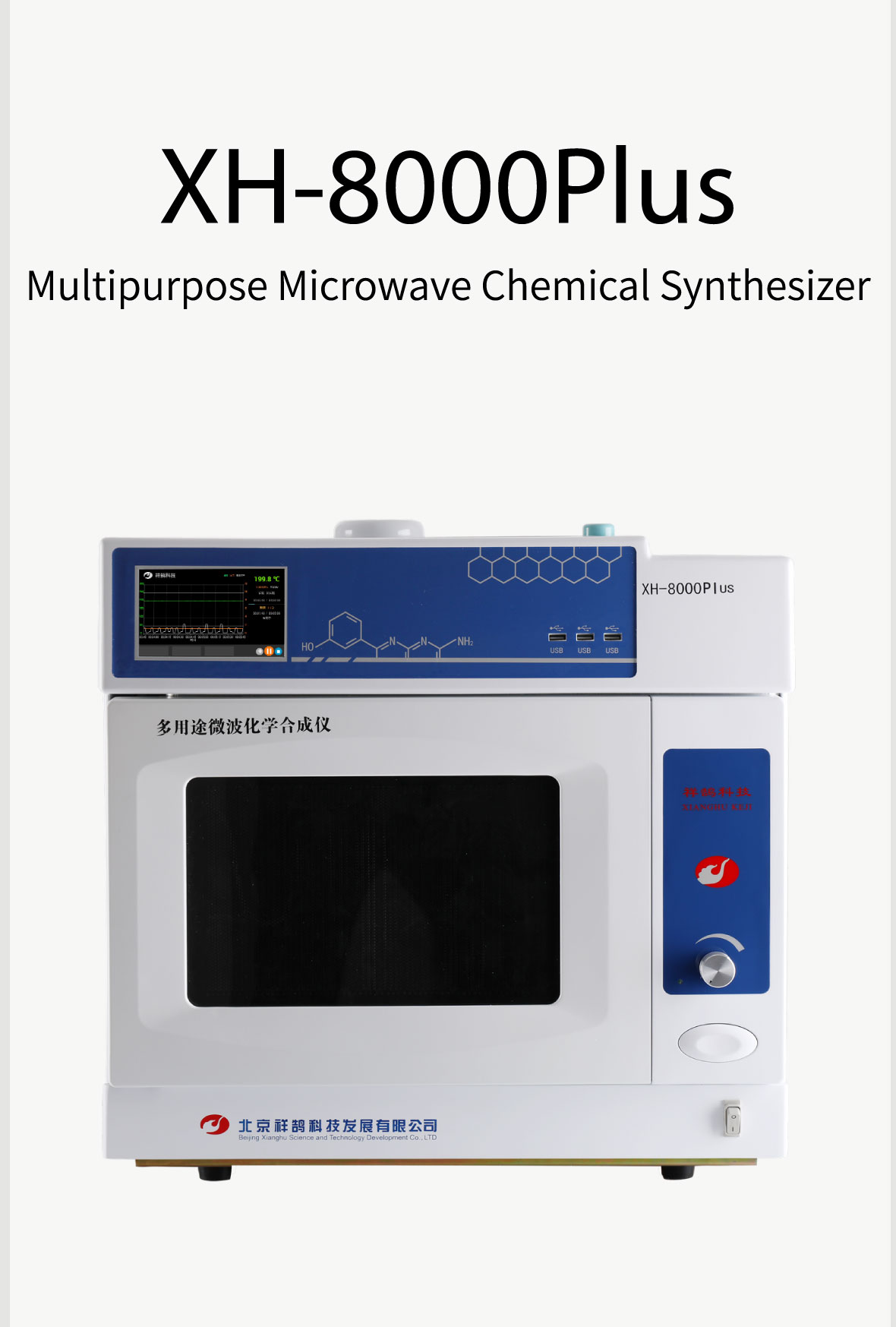
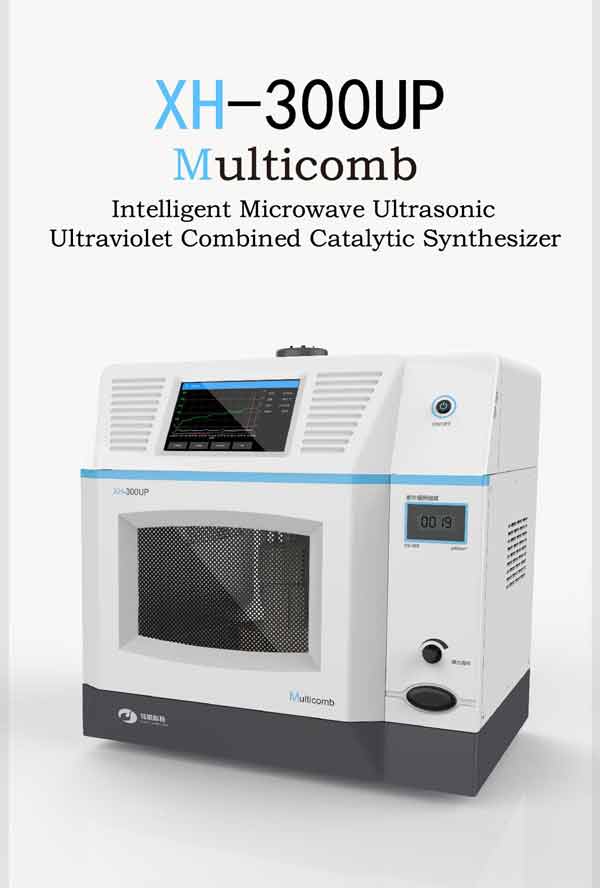
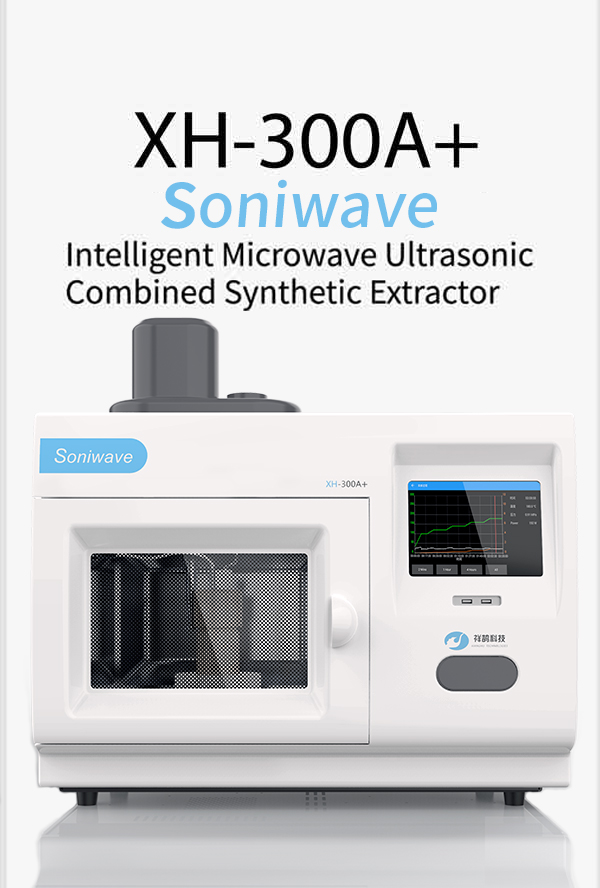

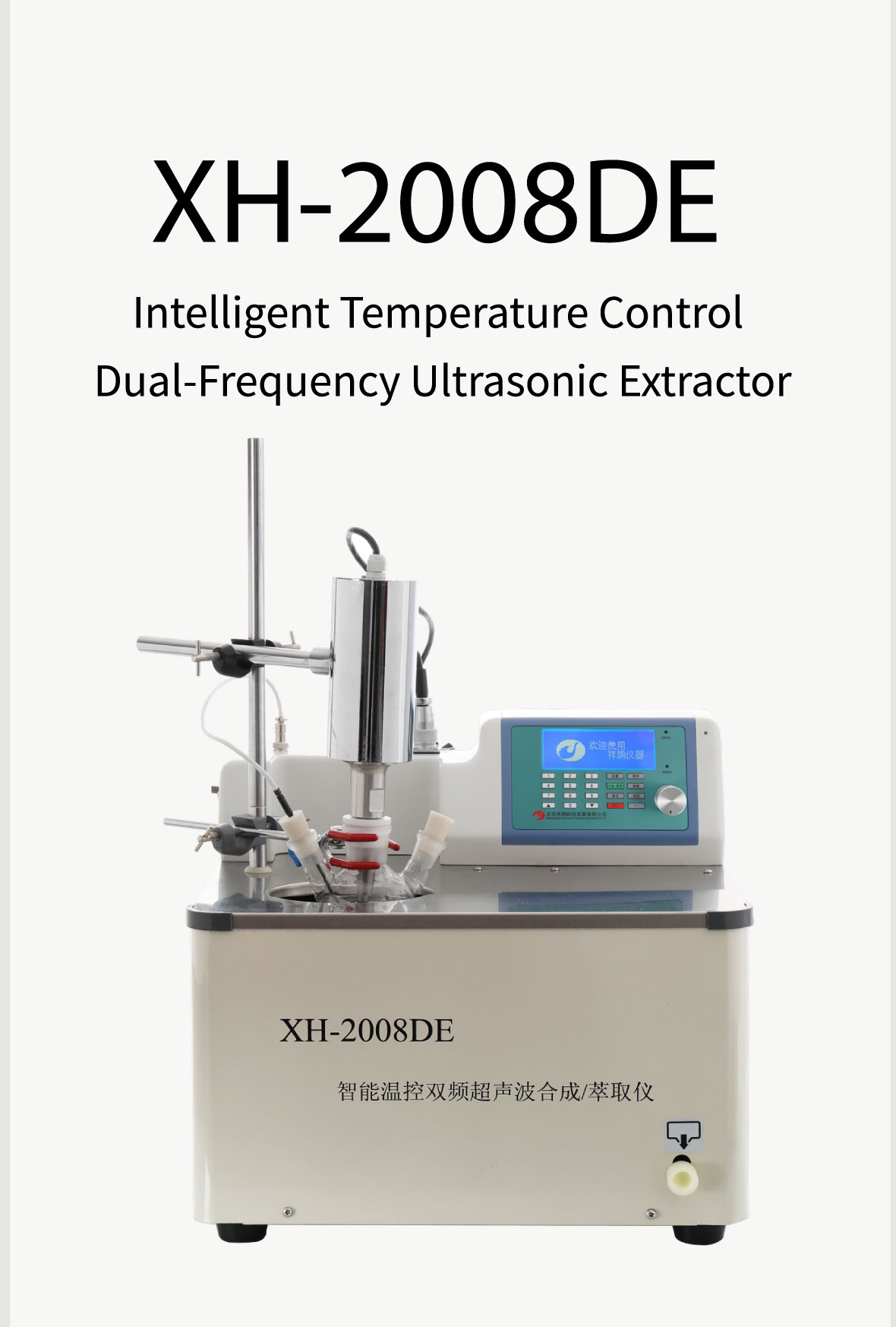



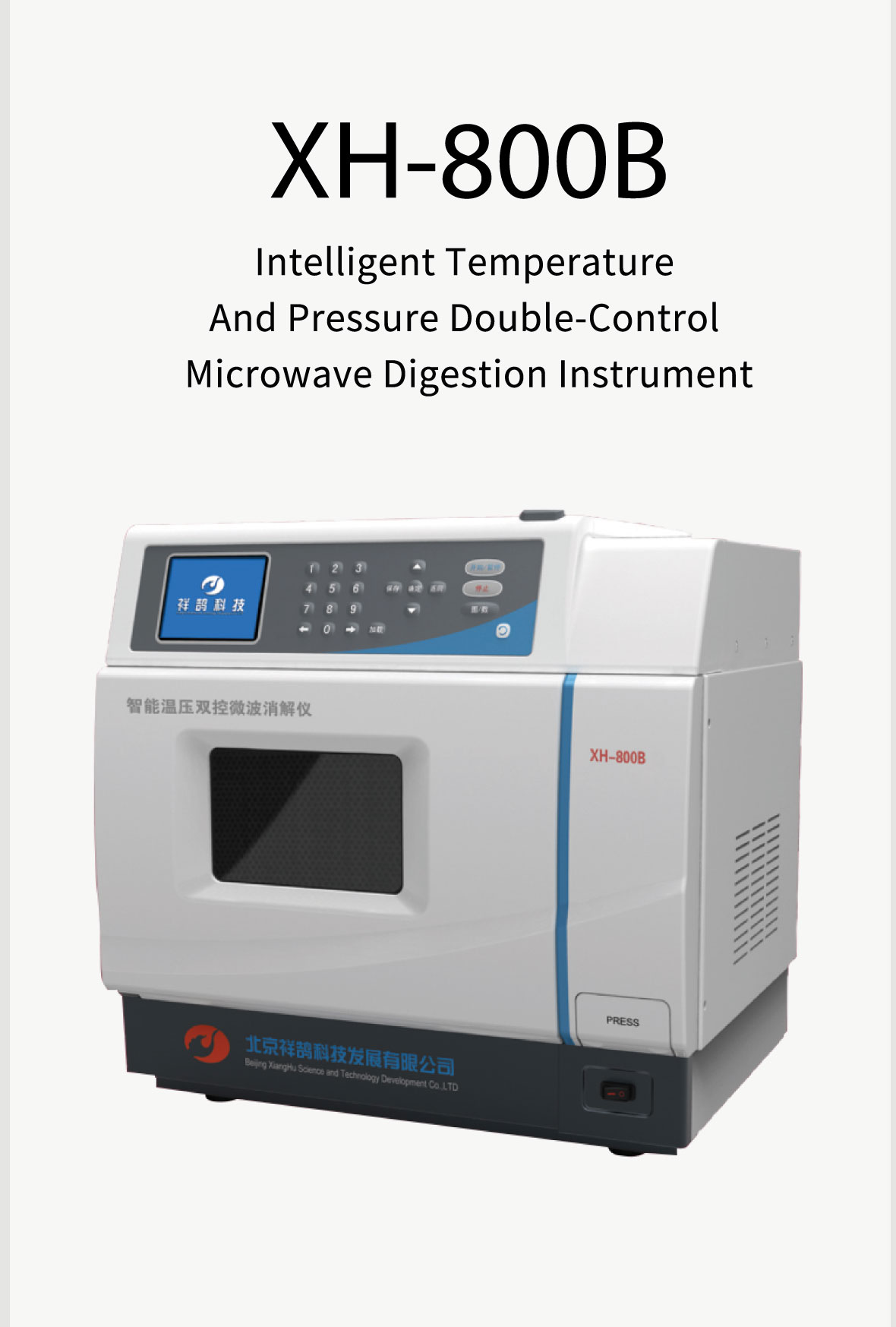

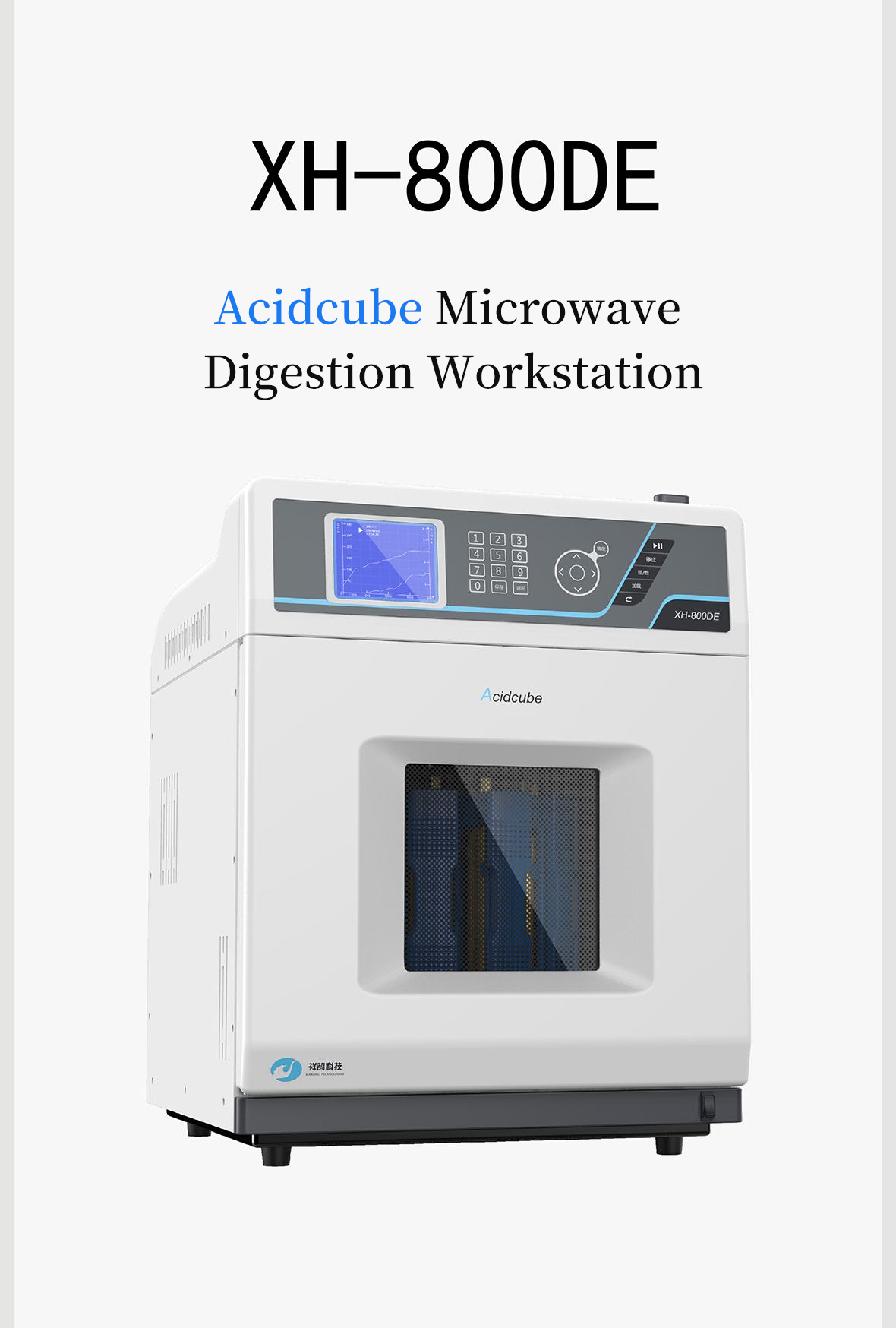

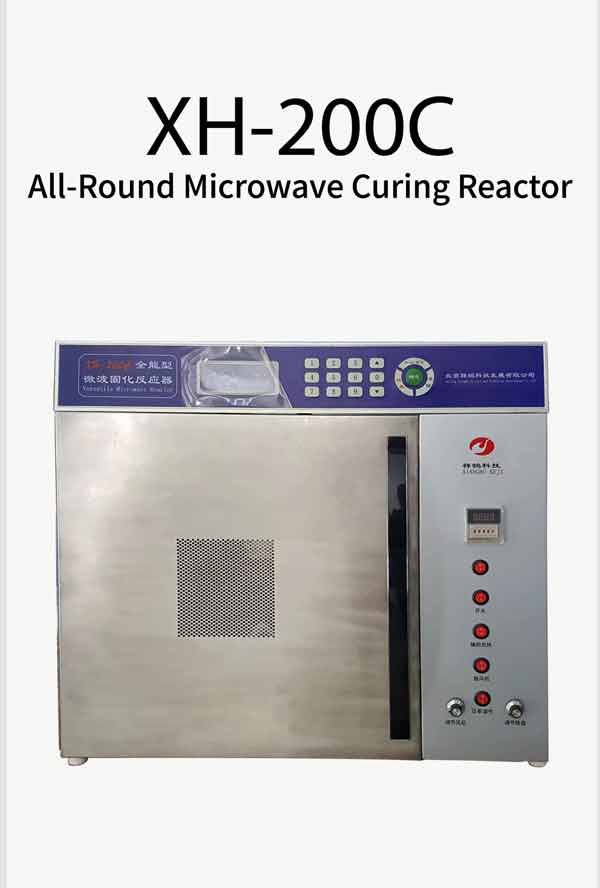
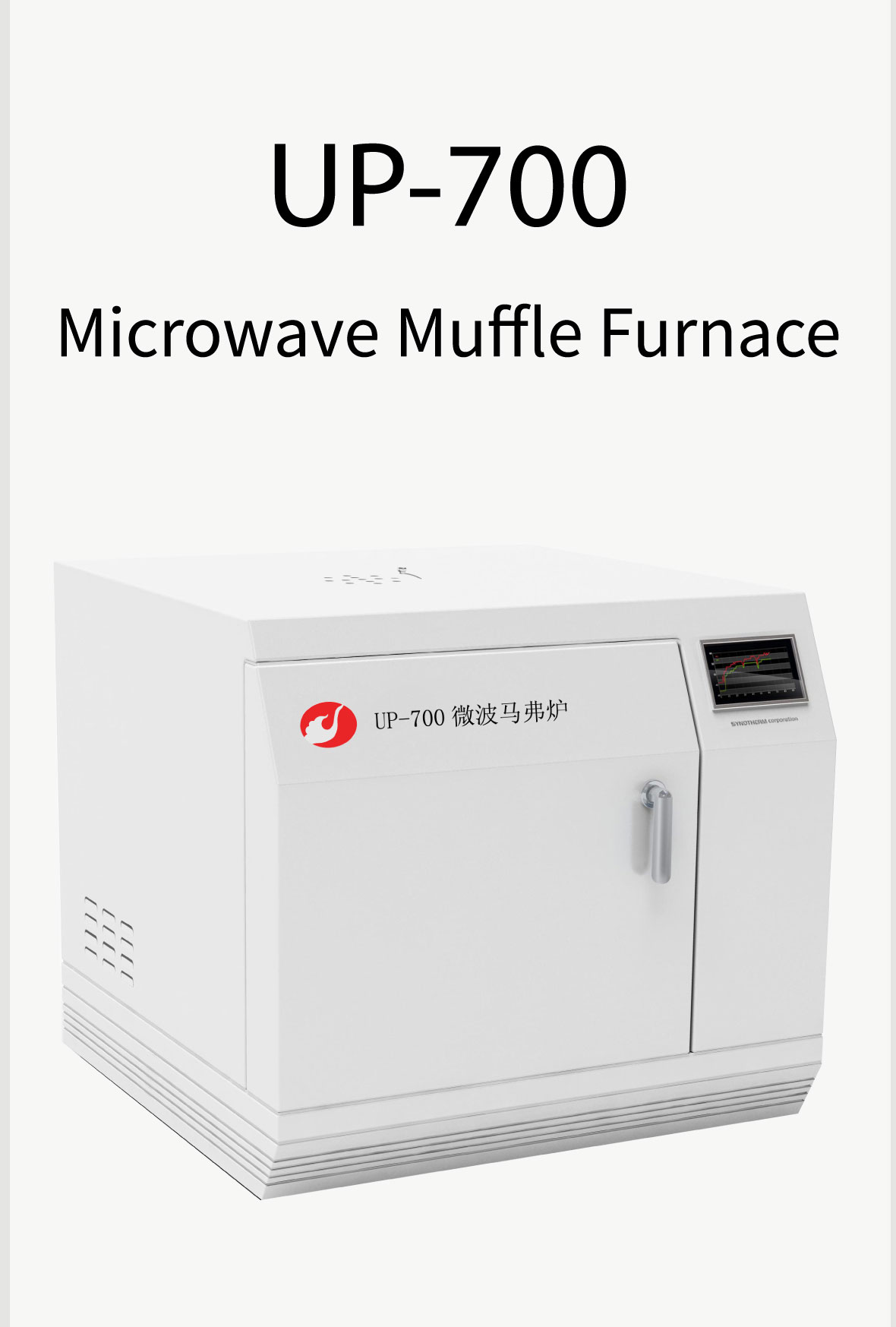

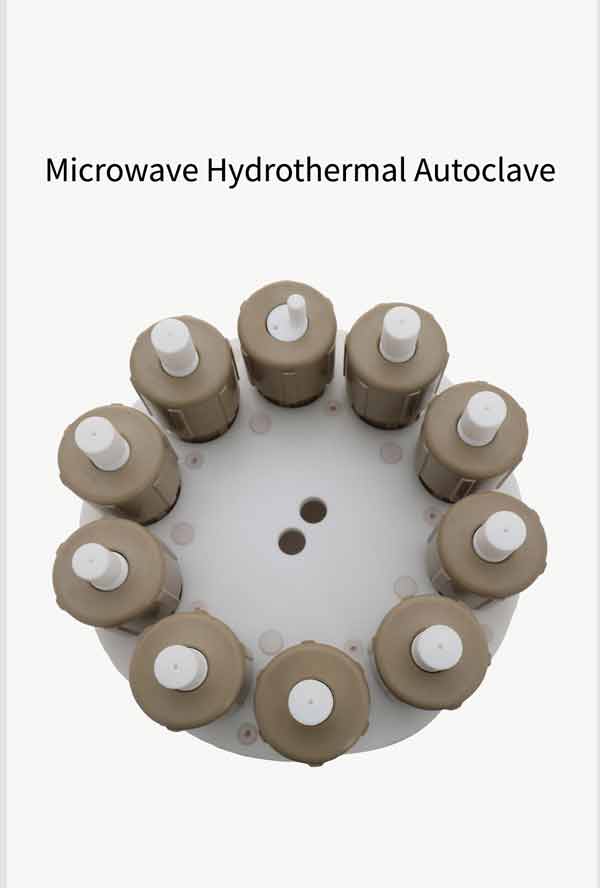

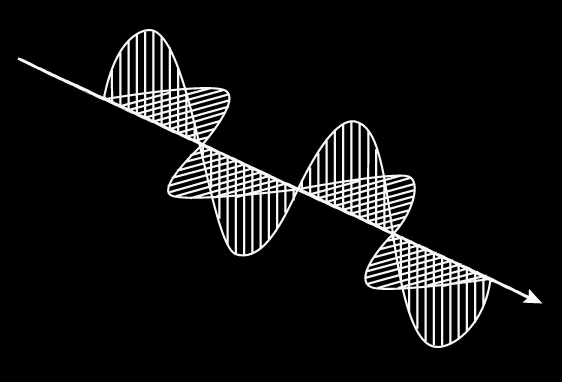

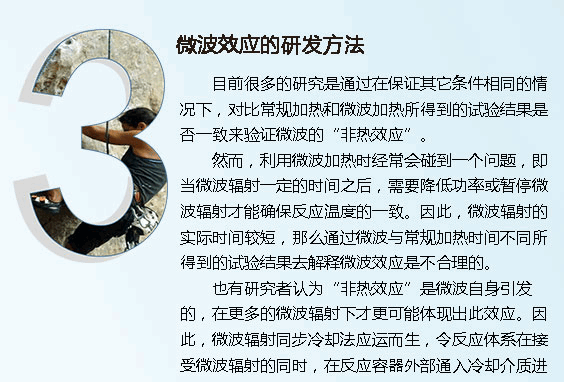
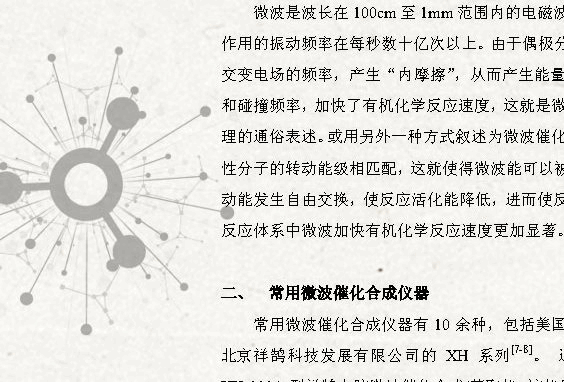

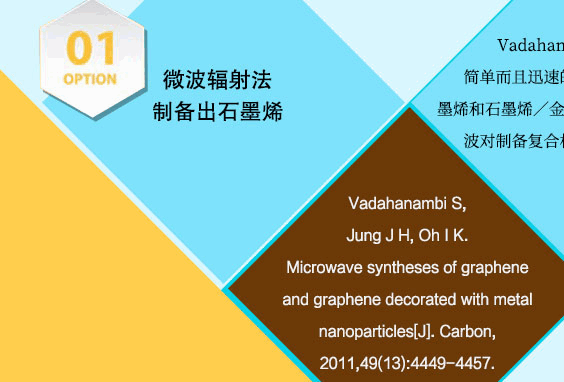
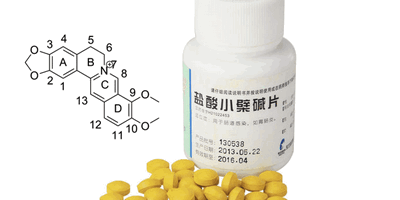


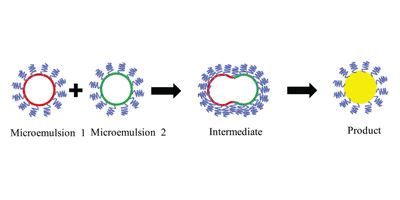
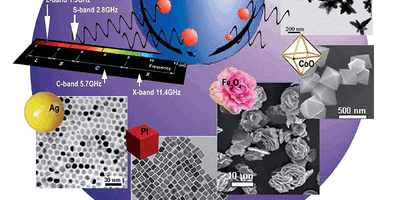
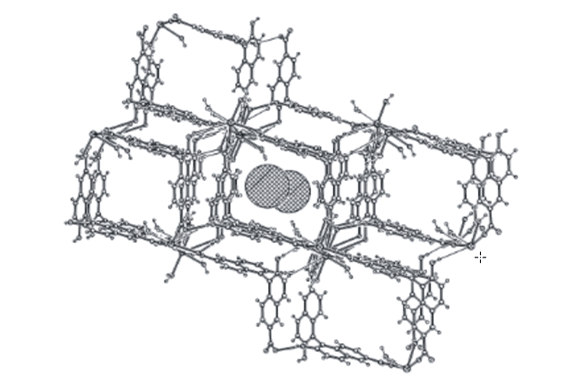
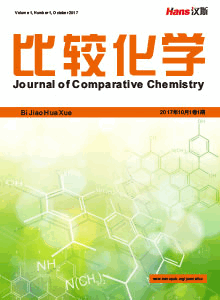
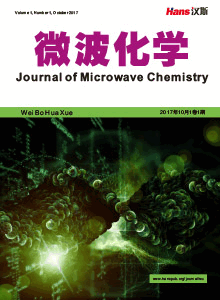
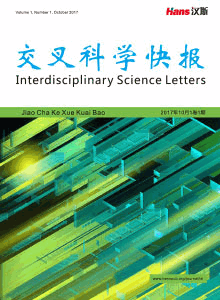




 京ICP备15050585号
京ICP备15050585号

